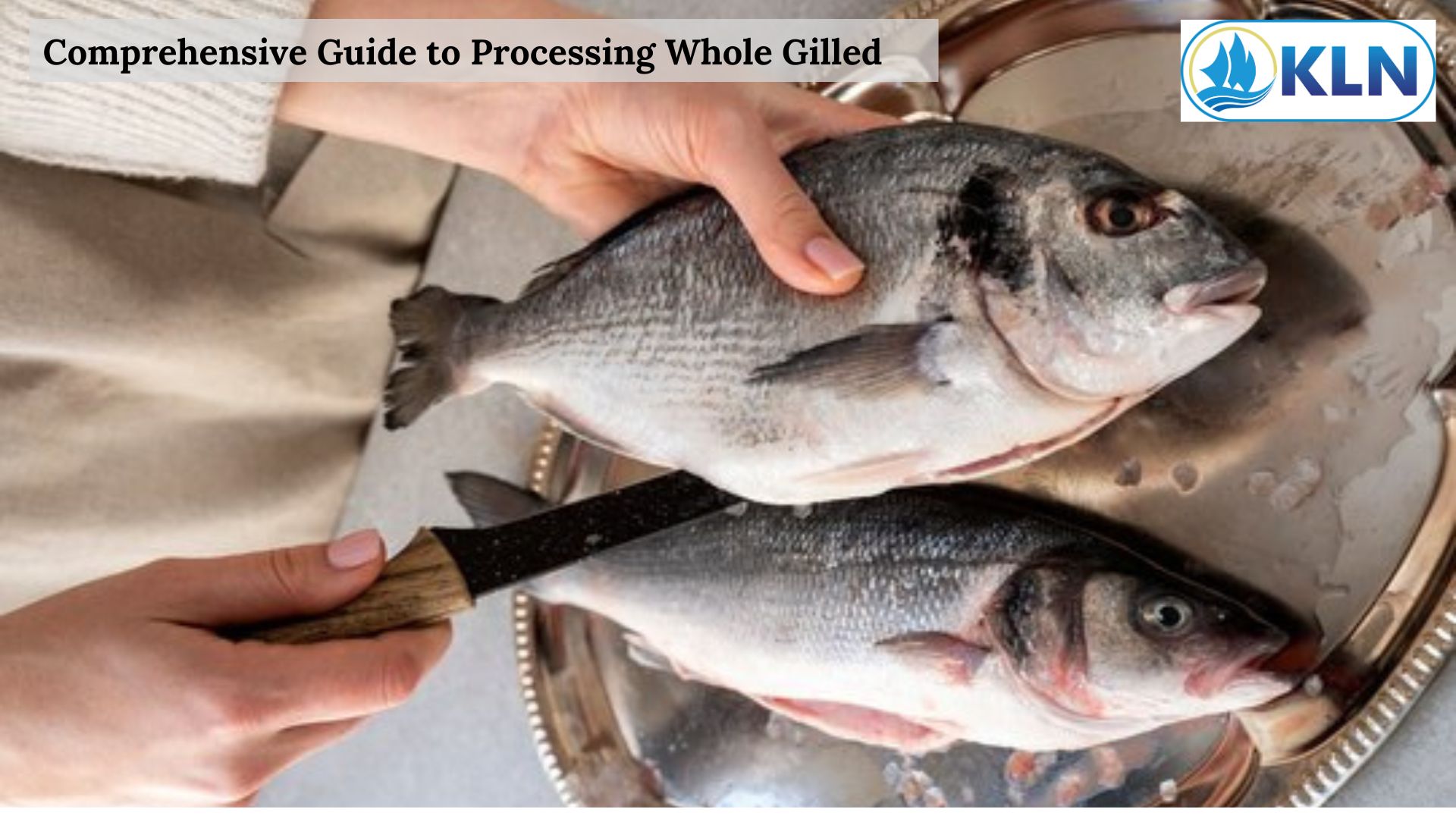Comprehensive Guide to Processing Whole Gilled
By. Najih - 19 Sep 2024
Processing whole gilled, gutted, and scaled fish is a fundamental aspect of the seafood industry, crucial for ensuring high-quality products for consumers. This process involves several critical steps to prepare the fish for cooking or further processing. Understanding these techniques not only helps maintain fish quality but also enhances the efficiency of seafood production.
Steps in Processing Whole Gilled, Gutted, and Scaled Fish
1. Gilling
The first step in processing whole fish involves removing the gills. This is typically done by making an incision along the gill covers and carefully detaching the gills. Removing the gills is essential as they contain blood and waste products that can spoil the fish's flavor and quality if left in place.
2. Gutting
After gilling, the fish is gutted to remove internal organs. This process is performed by making a cut along the belly from the anus to the base of the gills. The internal organs are then carefully extracted. Proper gutting is crucial for preventing spoilage and ensuring that the fish remains fresh.
3. Scaling
Scaling is the next step, where the fish’s outer scales are removed. This is typically done using a scaler tool or the back of a knife, working from the tail to the head. Scaling is important for both aesthetic and culinary reasons, as scales can be tough and unpleasant to eat. Ensuring that all scales are removed helps in achieving a clean and appetizing final product.
Benefits of Proper Processing of whole gilled, gutted, and scaled fish ensures several benefits:
1. Extended Freshness
Removing gills and internal organs promptly prevents spoilage and extends the fish's freshness. This is crucial for maintaining quality, especially in regions where the fish needs to be transported or stored for longer periods.
2. Improved Flavor and Texture
Scaling and gutting enhance the fish’s flavor and texture. Fish with intact scales or remaining internal organs can have a stronger, less desirable taste and texture.
3. Ease of Cooking
Properly processed fish are easier to cook and handle, making them more appealing to both professional chefs and home cooks.
Sustainability and Best Practices
Sustainable practices are essential in fish processing to minimize environmental impact. Using techniques that reduce waste, such as utilizing by-products for other purposes, and adhering to responsible fishing practices helps ensure that fish populations remain healthy and ecosystems are protected.








